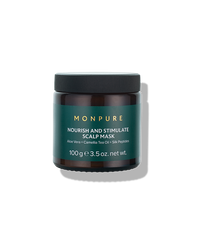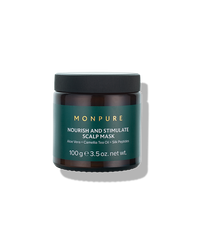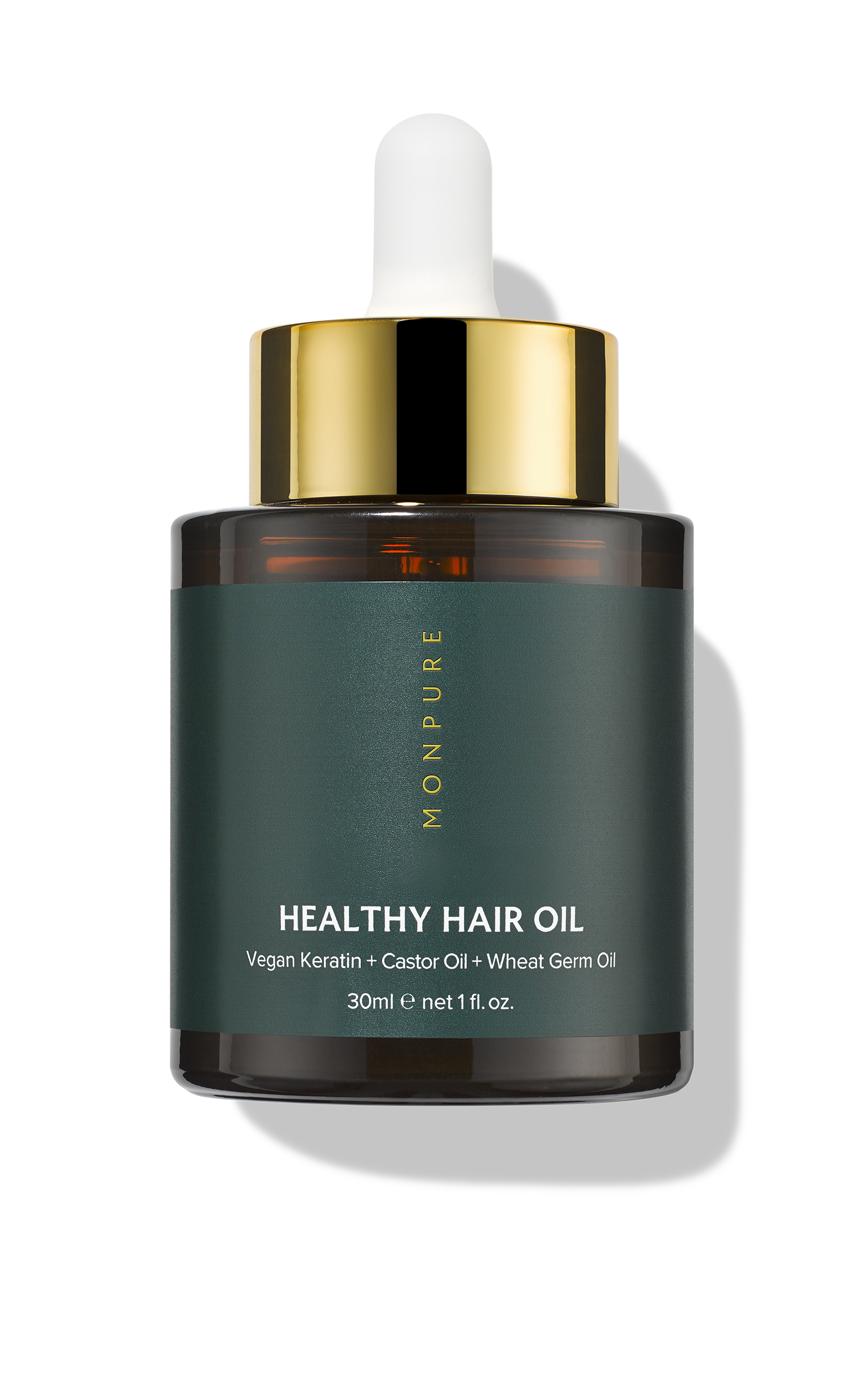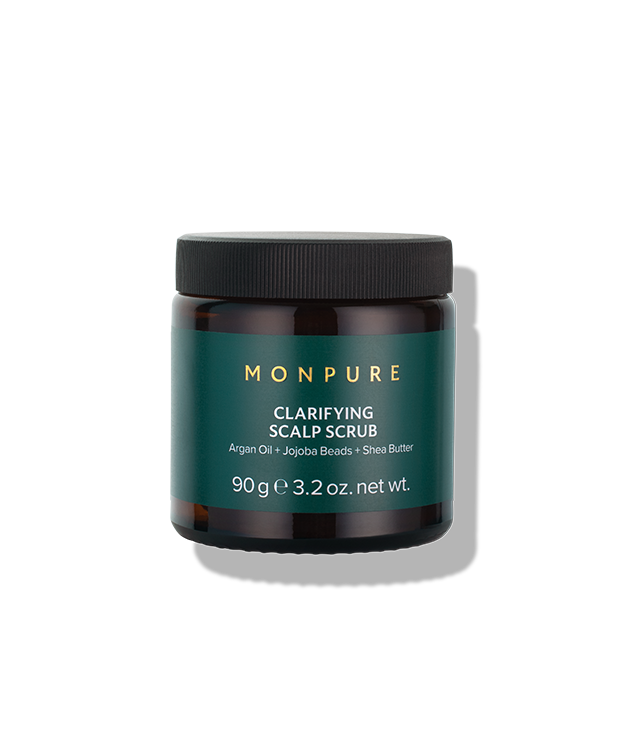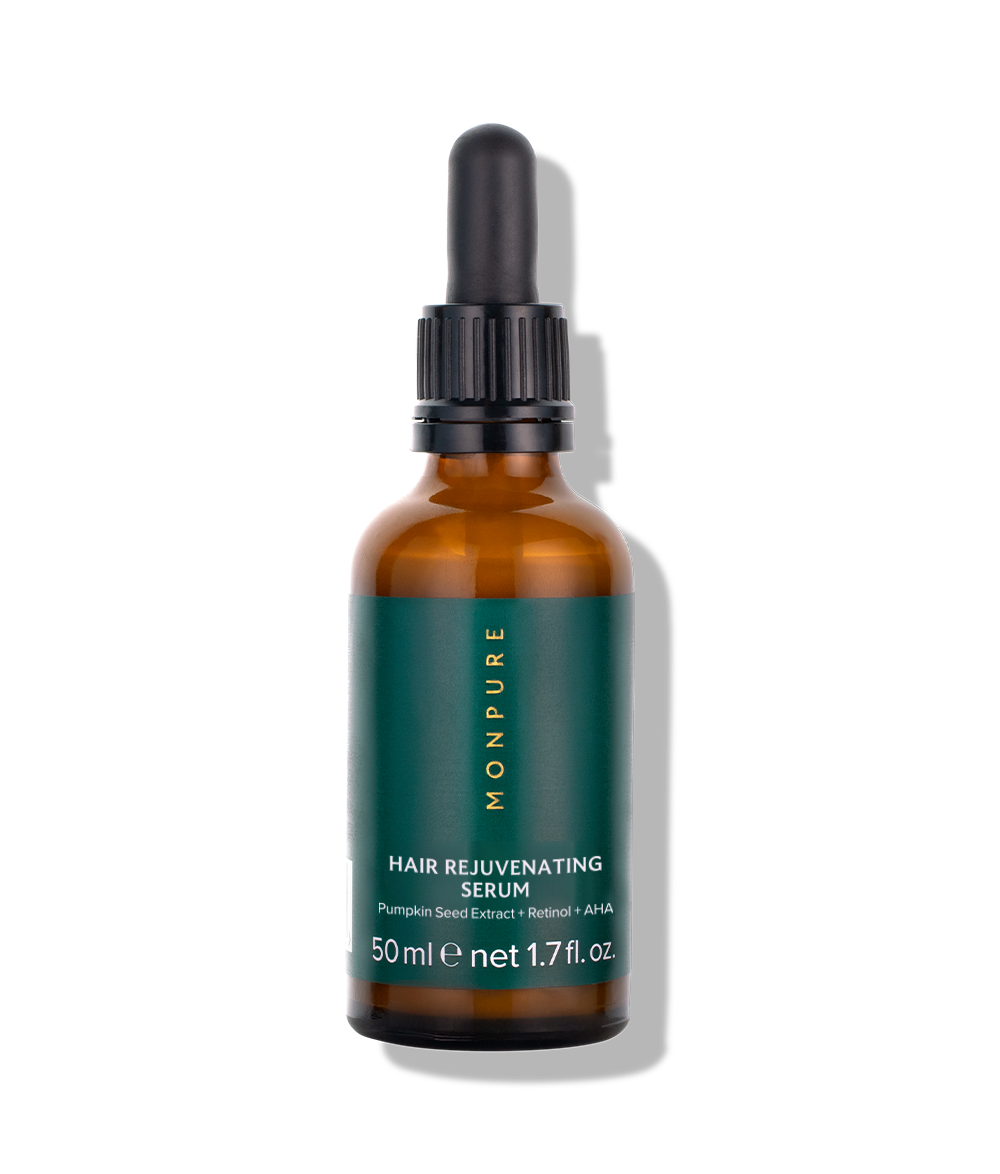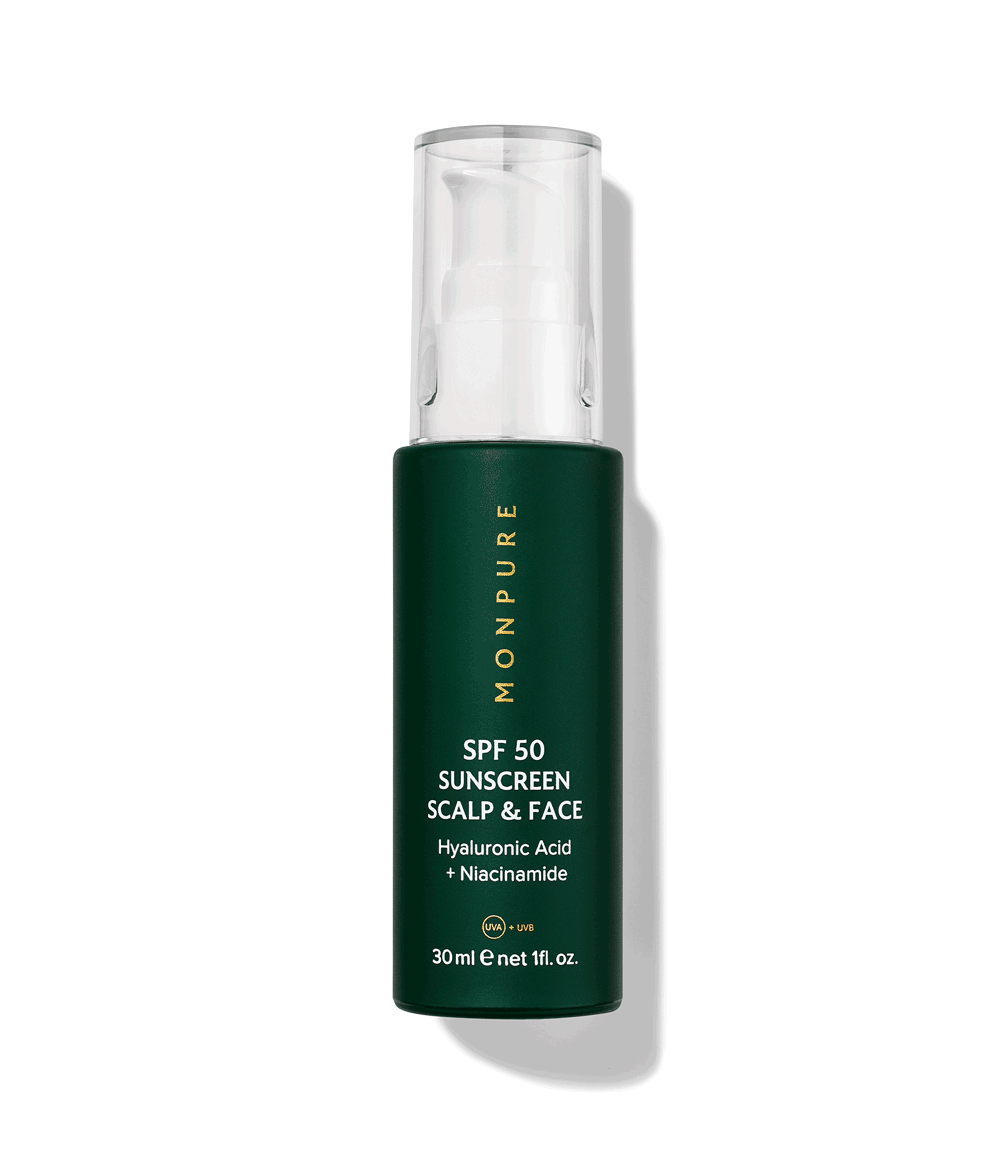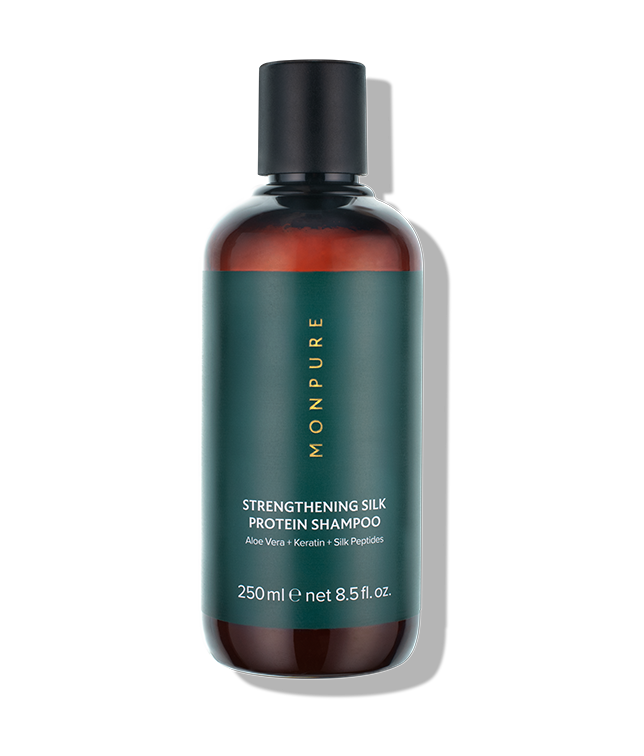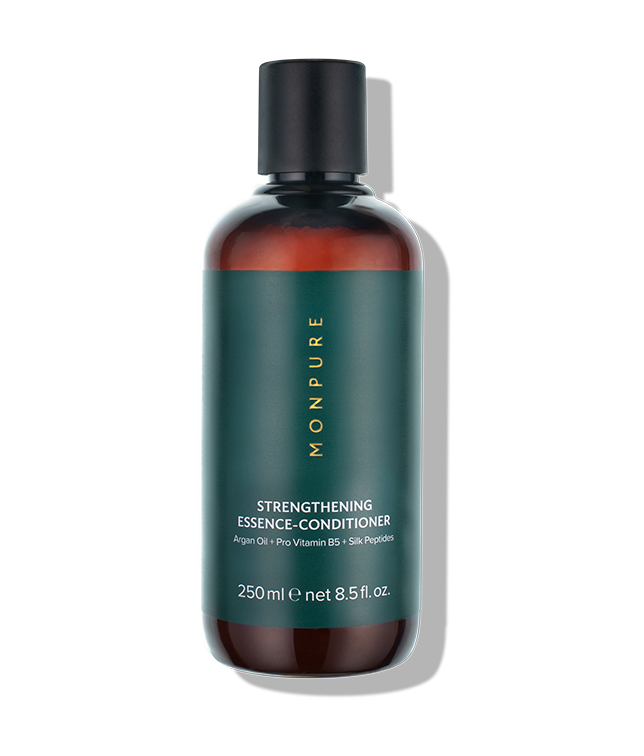The Various Causes of Female Hair Loss
It's normal to lose some hair. We can lose between 50 and 100 hairs a day, often without noticing. However, when we lose more than this - we need to investigate the causes of female hair loss.
Hair loss is not usually anything to be worried about, but occasionally it can be a sign of a medical condition. It’s important to emphasise that hair loss in women is very common, more common than most people realise.
“Hair loss can vary tremendously from person to person,” notes MONPURE’s Resident General Practitioner Dr Simmy Kaur. “As a general rule of thumb - if you notice thin or bald patches, a visible scalp, a sudden increase in hair fall, or a gradual decline in the thickness of the hair, seek help from your doctor.”
So what tends to cause it? Below are some of the main contributors to female hair loss.

Stress
“The stress hormone called cortisol regulates the normal functioning of our hair follicles,” explains MONPURE resident dermatologist Dr Sue Ann Chan. “When cortisol is present at high concentrations, it causes cells in the hair follicles to undergo apoptosis (i.e. die) prematurely by up to 40%, resulting in hair loss.”
Stress and anxiety can also manifest itself as trichotillomania, characterised by an uncontrollable urge to pull out one’s hair. (See: 2 What are the different types of female hair loss?)

Poor Scalp Health
A healthy, calm and hydrated scalp is also a key factor in how long hair stays in its ‘anagen phase’ (growth phase) and how quickly it enters the ‘telogen phase’ (shedding phase). “I advise my patients to care for their scalp in the same way as they care for the skin on their face,” notes Dr Chan. “Too often the scalp gets neglected which can lead to hair loss and also a dull appearance in the hair in general.”

Hormones
A hormonal imbalance can lead to a number of repercussions, such as acne, weight gain – and hair loss. While oestrogens (female hormones) work to keep hairs in their anagen (growth) phase for the maximum length of time, androgens (male hormones) do the opposite, shortening the growth cycle and moving the hair prematurely into the shedding phase.
This includes:
Menopause
“As the body goes through the menopause, various hormonal changes occur to include the reduction in the production of oestrogen,” Dr Kaur explains. “These hormonal changes can alter the natural growth cycle of the hair follicle, which can result in finer, shorter hair and ultimately hair loss.”
Pregnancy (Post-Partum)
While pregnancy can actually make a lot of women’s hair grow through fuller, many notice an increase in shedding once they’ve given birth. As women’s oestrogen levels return to normal after giving birth, the hair loss is just backdated shedding of hair that would have normally fallen out earlier. This should return to normal after three to six months, but the stress of pregnancy or a new baby sometimes can prolong or worsen hair loss.
Hormonal Contraception
“If you have hair that is particularly sensitive to androgens (male hormones), some pills may cause increased hair shedding because they have a ‘higher androgenic activity.’ These can cause hairs to stay in the resting ‘telogen’ phase for longer,” says Dr Kaur. “Stopping the pill can sometimes cause the hair to enter the shedding phase too quickly because of the sudden drop in oestrogen - causing a common, temporary type of hair loss called ‘telogen effluvium (TE).’ (The hair does grow back though, usually after about six months.)”
Overactive / underactive thyroid
Our metabolism is regulated by the thyroid, which controls the production of proteins and tissue use of oxygen. So if the thyroid becomes overactive (hyperthyroidism) or underactive (hypothyroidism), the hair follicles can be affected leading to hair loss, which normally manifests evenly over the scalp, as opposed to being concentrated in one specific area.

Iron deficiency/anaemia
Iron is probably the most important nutrient for hair growth, as without it, the body can’t produce haemoglobin – which carries oxygen via the blood to repair and maintain the cells in your body, including those that produce the protein responsible for hair growth.

Crash dieting
Although there’s a current craze for fasting and extreme detoxing, this can have disastrous consequences when not carried out under strict medical supervision. Reduced food intake results in a lack of nutrients needed to sustain the hair follicle (such as iron – see above) so it can function properly. The natural life cycle of hair is that it grows and then falls out, during which time there is a resting ‘telogen’ period. If the body doesn’t get these vital nutrients during this period, it can actually stop new hairs from forming – resulting in hair loss and bald patches.

Illness
One of the commonest causes of hair loss is called "telogen effluvium". This can be triggered by any severe illness, for instance pneumonia or a major operation. The stress of the illness causes all hair follicles to go into their resting phase and hair growth temporarily ceases.

COVID-19
Many scientists are considering hair loss to be a COVID symptom. Last August, Dr Natalie Lambert from Indiana University School of Medicine and Survivor Corps published a report which stated that 65.7% of 1,700 respondents were experiencing hair loss. Another cohort study of patients has now found that one in five people hospitalised with Covid-19 experienced hair loss within six months of first being infected with the virus. Of the 1,655 people who took part in the study out of Jin Yin-tan Hospital in Wuhan last year that has been published in The Lancet Journal, 359 - or 22 per cent - reported losing hair.
Discover more and watch our film #ItsNotJustHair at monpure.com/itsnotjusthair



